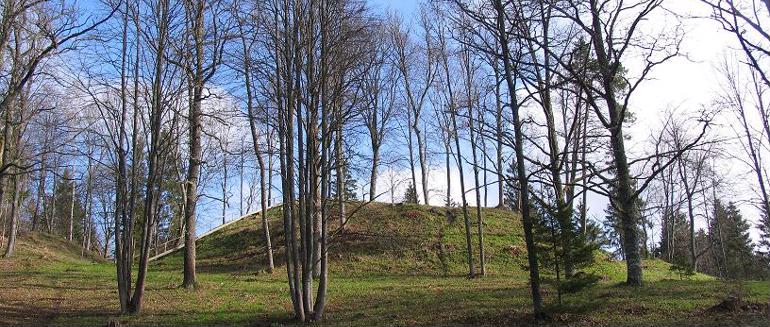Mošos Hillfort

122

0

0
Mošos Hillfort, also known locally as Naujasodžio Hillfort, forms part of an extensive archaeological site complete with two nearby burial mound groups. This site is a characteristic miniature hillfort from the middle of the first millennium, featuring a rampart that encircles its central courtyard. According to legend, in pagan times, it was a sacred site where rituals involving the burning of holy fire were conducted by priestesses. The hillfort was nicknamed "Cossacks' Hill" in the mid-17th century due to the frequent raids by Cossacks in the area.
Info
-

Mounds

 Entertainment
Entertainment
 Food establishments
Food establishments





























 54.585222, 24.563639
54.585222, 24.563639
 Get directions
Get directions









